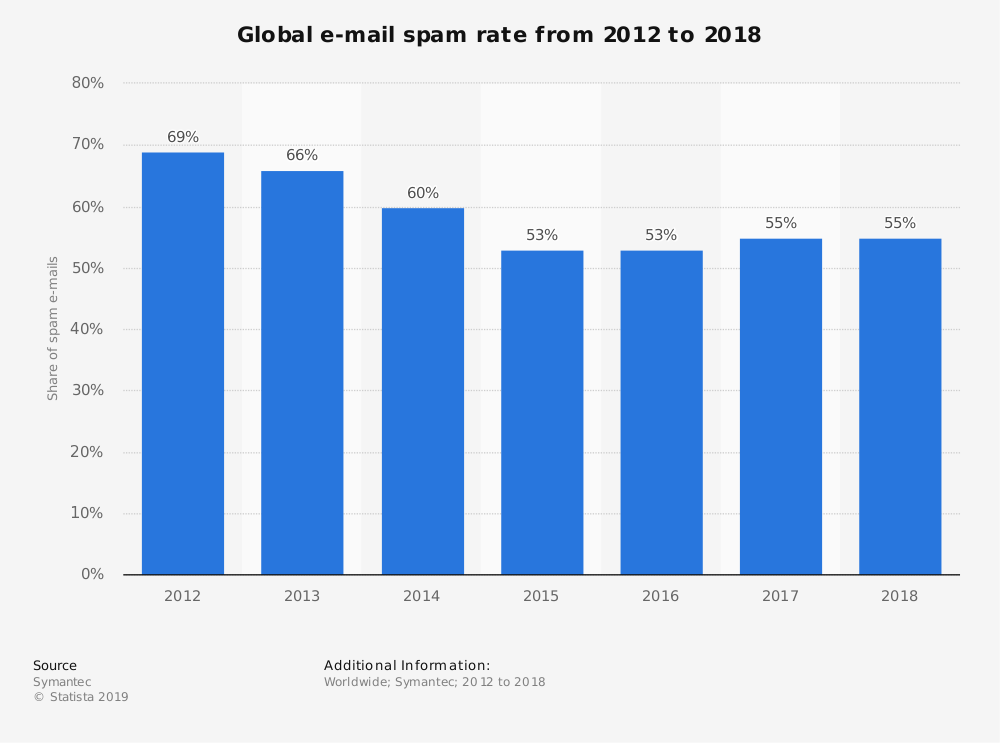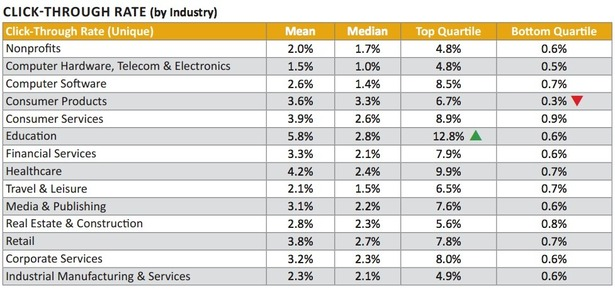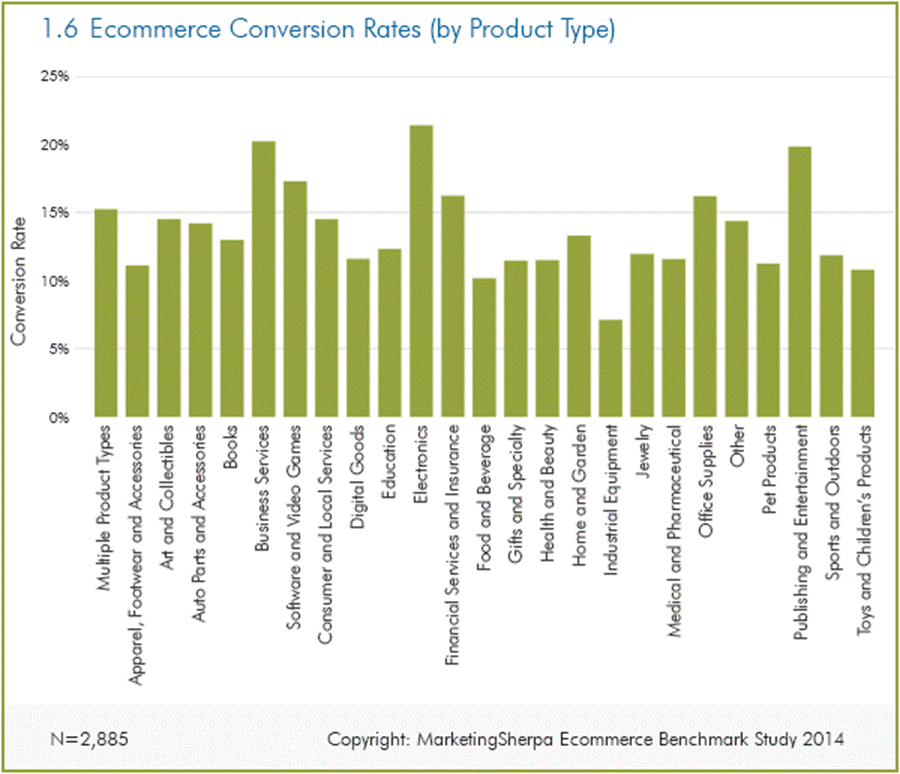When a company has an email campaign, the company can build success and gain profits by tracking marketing metrics and key performance indicators (KPIs). These metrics include open rates, email deliverability rates, bounce rates, and other statistics. When companies pay attention to these important statistics, they can identify the consumers’ reactions to the campaign.
Companies sometimes forget to track multiple metrics and KPIs. This makes sense because it can be hard to identify a problem if someone is looking at hundreds of statistics. It’s important to remember that some statistics are more important than others. By identifying key metrics and KPIs, you can help your company to succeed with future email campaigns.
This article will provide you with multiple email marketing metrics and KPIs to track. These various key metrics will help you to know which metrics and KPIs give your company the most information about your campaigns. Make sure to track these seven metrics for the best data possible and to know how to improve your email campaigns.
-
Inbox Placement Rate
Whenever you send out emails to multiple people, you can find out how many of those emails went to their inboxes. This is important, as most people will check their inbox and the emails in there, but they are likely to ignore any emails that go to spam or other folders. This means that if your email doesn’t go into the inbox, that people will miss the email.
There are many things that can prevent an email from going to the inbox. Bounces prevent people from seeing emails. A hard bounce means the email doesn’t exist or it was entered incorrectly and a soft bounce means that they couldn’t receive the email, but it does exist. By looking at the inbox placement rate, you can see how many of your emails reach consumers.
Of course, there will always be emails that don’t go into the inbox: this is to be expected. However, if you notice that more emails aren’t going to the inbox, you need to identify the problem and fix it. If it’s a hard bounce issue, remove those emails from the list. Either way, this metric helps you to know how many people are receiving your emails.
-
Spam Rate
it can be a reason for a drop in your inbox placement rate. Spam rate indicates the number of people that mark your emails as spam, so it goes to the spam folder. This stands as a serious problem due to the amount of spam that people receive. According to statistica, 2018 had a global spam rate of 55 percent.

While the global spam rate has dropped from 2012, it has consistently stayed around the 50 percent range for the past few years. This means that over half the emails people receive are spam. As such, it makes sense for people to be quick to mark an email as spam, since they want to avoid sifting through unnecessary or meaningless emails.
To avoid this issue, make sure to create subject lines that indicate your emails aren’t spam. Test your email list with an email testing tool. Make it clear that they receive those emails from your company and that you want to inform them. By avoiding subject lines that come across as spam, you can help to lower the spam rate for your email campaigns.
-
Open Rate
Open rate is one of the most basic metrics, but it’s also foundational. For you to increase other rates, you need to have a high open rate. Open rate refers to the number of people who opened your emails. By opening your email, the customer shows initial interest in your message. This means that you presented it in a way that drew in their attention.
Whenever your open rate increases in your email campaign, identify why that happened. Was it because of a deal you offered? Did your campaign have a solid subject line that made people want to click it? If the open rate decreases, then you need to identify what caused the drop. This will vary depending on your content and audience.
Open rates allow you to know if you have a grasp on the content your customers want. By providing them emails and information that they want, you will increase your open rate. As your open rate increases, the other rates increase as well, since people need to open your emails before they can access the email’s content.
-
Click-Through Rate
Click-through rate shows the percentage of people who click on a link in your emails. One purpose of email campaigns is to create a call to action (CTA) for your customers. CTAs usually come in the form of a link, but you can create other CTAs as well. Click-through rates show the willingness of customers to act.
Click-through rates vary by industry, so if you look at the average for your industry, you can see how your company performs in comparison. After comparing your click-through rate, you can see if you need to improve your click-through rate or if you’re doing well within your industry. It’s important to remember that different industries have different averages.

It’s also important to consider your open-to-click rate. This is the ratio between the amount of people that open your emails to the people that click on a link. By looking at this information, you can see if your content draws in customers and convinces them to act on your CTAs.
-
Forward Rate
One of the best ways to continue to grow your business and get more subscribers is by having customers inform their friends about your emails. When people directly message their friends, it has a stronger impact on those friends. That’s why forward rates are important: this rate shows how many people forwarded your email campaign.
People trust their friends, so when a friend sends them something, they personally feel like it could benefit or help them. Not only that but when a customer sends an email to a friend, the customer shows their friend that they were thinking about them and that they care. This encourages that friend to read the email and see what your business provides.
You can help increase your forward rate by encouraging your readers to forward the email to others without being overbearing. If you push too much, people might unsubscribe, but occasional suggestions could lead to higher forward rates. It comes down to identifying your audience and figuring out what approach will work best for them.
-
Social Shares
Most people use social media nowadays, but, unfortunately, your email campaigns can’t directly reach social media accounts. However, if you provide social media icons that function as links, then people who read your email campaigns may share your business with their friends through their social media accounts.
Consider the number of people that use social media every day. If a customer shares your links or other CTAs on social media, it could draw in more customers and subscribers to your email campaign. By tracking social shares, you can see how many subscribers reach out to other people.
If you notice that not many people are joining your email campaigns, then you could create CTAs that encourage people to share your business on social media. This can vary from contests to discounts. Just do what you think will be best for your company and what will help your email campaign continue to grow.
-
Conversion Rate
The conversion rate most commonly refers to people who make purchases off of your website, but it can refer to other numbers such as subscribers or sales. The conversion rate shows the success of the campaign, as you can see how much you gained through it.

Remember that conversion rates will always vary depending on your niche and target audience. This is why it’s important to compare your company’s conversion rates to others within your niche. For example, if a company sells industrial equipment, which is below average, and compares it to the average, it will give the company an unbalanced comparison.
Always aim for a higher conversion rate. While average conversion rates work as a starting benchmark, you always want your company to be as successful as possible. Whenever your conversion rate increases, you will know that you are doing well with your overall campaign. Despite this, always seek ways to improve your email campaigns.
-
Final Points
Each of these metrics and KPIs will help you to track the necessary statistics for your company. It’s important to identify which ones are most important and to see how each performs during email campaigns. Depending on the metric, you will want it to increase or decrease over time and to see a constant flow of improvement.
By analyzing this information and tracking it, you make it easier for your company to identify problems with your email campaign and fix those problems. There are always other metrics to follow, such as bounce rate, but these seven metrics and KPIs are the most valuable to track. Each one will let you know how your campaign is doing and help you improve your business.
Keep in mind that tracking this information isn’t enough: you also need to act upon it. Just as you invite people with CTAs, you will need to create your own CTAs and goals to increase these metrics. By keeping them in mind and finding ways to improve your email campaign, you will see each one improve and this information will help you gain further success within your business.
